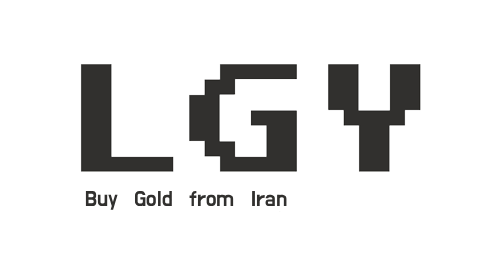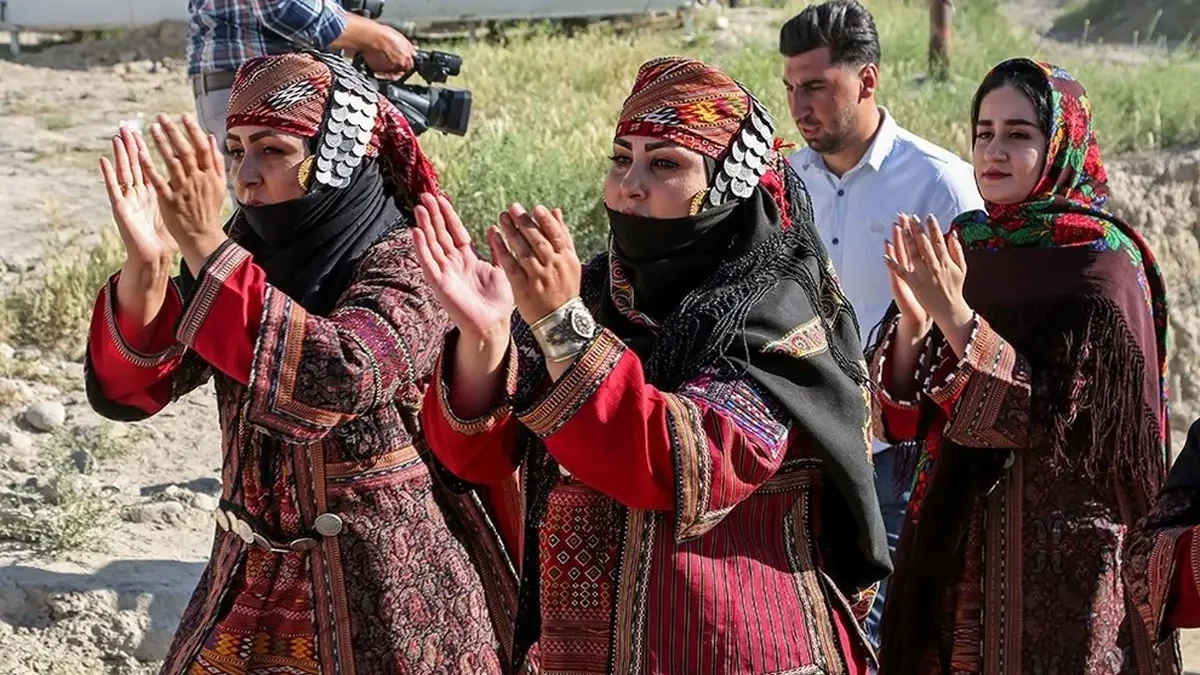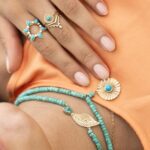
Luxury and Affordability: The Diversity of Iranian Jewelry
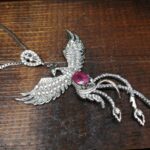
The Symbolism of Birds in Iranian Jewelry
Iran is home to a rich tapestry of nomadic and tribal communities, each with its own unique cultural heritage and distinct jewelry styles. These tribes, such as the Bakhtiari, Qashqai, Turkmen, and Kurdish peoples, have developed jewelry traditions that reflect their way of life, beliefs, and connection to nature. Tribal jewelry is often more than just adornment; it carries deep symbolic meaning and serves as an important expression of identity within these communities.
In this post, we will explore the unique styles of Iranian tribal jewelry, focusing on the distinct designs, materials, and cultural significance of jewelry from tribes like the Bakhtiari, Qashqai, Turkmen, and Kurdish people.
1. Bakhtiari Tribe: Bold and Symbolic Jewelry
The Bakhtiari are one of the largest and most well-known nomadic tribes in Iran, residing primarily in the Zagros Mountains. The harsh, rugged environment in which they live has deeply influenced their culture, including their jewelry, which is often designed to be sturdy, symbolic, and practical.
Characteristics of Bakhtiari Jewelry
Bakhtiari jewelry is known for its bold, rustic designs and its use of simple materials like silver and brass. These pieces are often large and heavy, reflecting both the tribe’s strong cultural identity and their need for durability in a nomadic lifestyle. Geometric patterns and animal motifs are common, symbolizing strength and resilience.
- Silver and Brass: Bakhtiari jewelry is typically made from silver or brass, as these metals are readily available and offer durability. The use of silver is especially significant, as it is believed to protect from evil spirits and bad luck.
- Turquoise Stones: In some pieces, turquoise is incorporated as a symbol of protection and good fortune. Turquoise is thought to ward off negative energy and is highly valued in Bakhtiari culture.
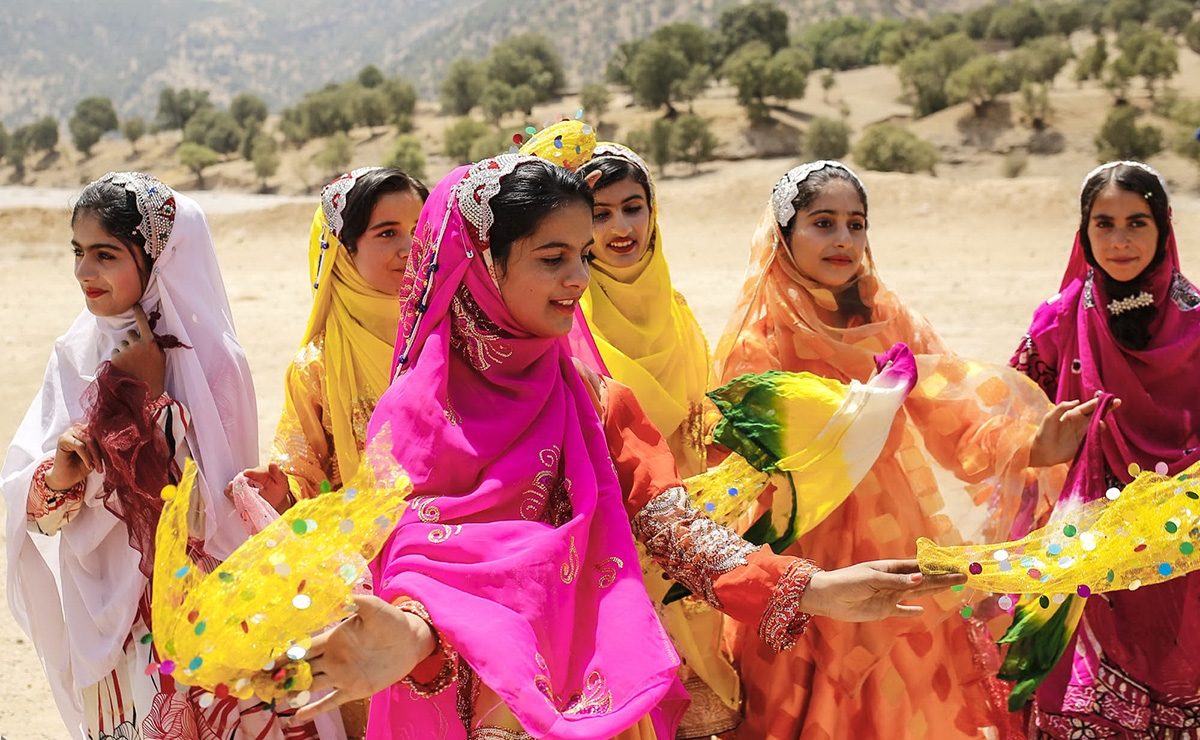
Jewelry of Bakhtiari tribes
Jewelry as a Status Symbol
For the Bakhtiari, jewelry also serves as a symbol of wealth and status within the community. Large, elaborate necklaces, bracelets, and earrings are often worn by women during important tribal events and festivals, reflecting their family’s status and prosperity.
- Necklaces and Pendants: Bakhtiari necklaces often feature large pendants in geometric shapes, such as circles and triangles, symbolizing the sun, fertility, and strength. These pendants are sometimes engraved with tribal symbols or floral patterns.
- Earrings and Bracelets: Women of the Bakhtiari tribe wear heavy silver earrings and bracelets, often in chunky designs that are both decorative and functional.
2. Qashqai Tribe: Intricate and Colorful Jewelry
The Qashqai people, another prominent nomadic group in Iran, are known for their vibrant culture, colorful textiles, and beautifully intricate jewelry. The Qashqai inhabit the Fars province in southern Iran and are famous for their artistry, especially in weaving and jewelry-making.
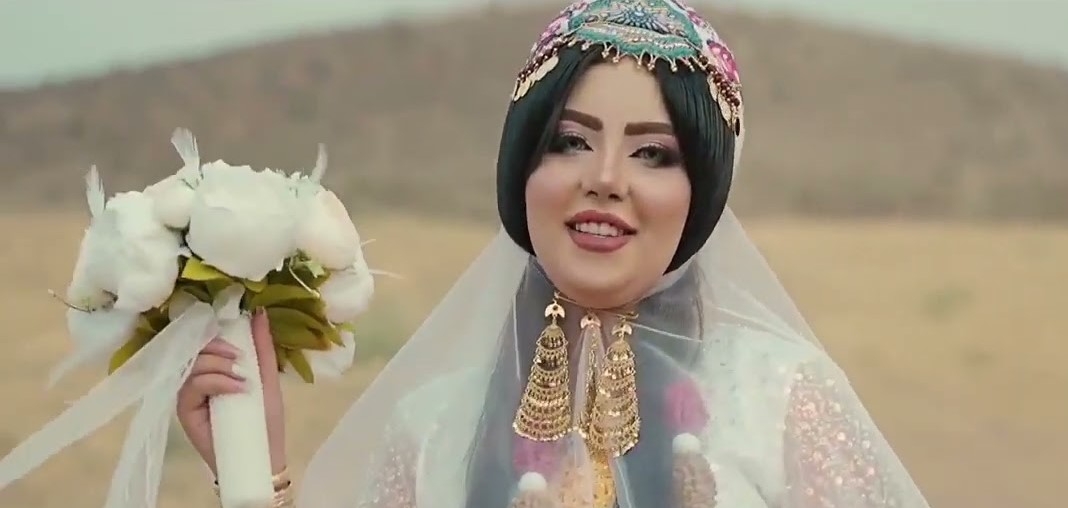
Jewelry of Qashqai tribes
Characteristics of Qashqai Jewelry
Qashqai jewelry is celebrated for its intricacy, vivid colors, and artisanal craftsmanship. Silver is the primary metal used, often adorned with colorful gemstones, enamel work, and intricate patterns. The jewelry reflects the vibrant, dynamic culture of the Qashqai, with designs that feature floral and animal motifs inspired by nature.
- Colorful Stones: Carnelian, turquoise, coral, and agate are frequently used in Qashqai jewelry, with the stones set in silver or brass to create colorful, eye-catching pieces. These stones are believed to bring protection and blessings.
- Filigree and Enamel Work: Filigree designs, in which delicate silver threads are twisted into lace-like patterns, are common in Qashqai jewelry. Minakari (enamel work) is also used to add vibrant colors to earrings, pendants, and bracelets.
Jewelry as Cultural Expression
For the Qashqai, jewelry is a key form of self-expression and is often worn during festivals, weddings, and other cultural events. Necklaces and bracelets featuring tribal motifs and bright stones are worn to signify social status, marital status, and personal identity within the tribe.
- Layered Necklaces: Qashqai women often wear layered necklaces, combining silver chains with colorful beads and pendants. These necklaces are worn during festive occasions and are a symbol of beauty and prosperity.
- Headpieces: Elaborate silver headpieces adorned with coins, beads, and dangling charms are a hallmark of Qashqai bridal jewelry. These headpieces are worn during weddings and symbolize fertility and good fortune.
3. Turkmen Tribe: Ornate and Symbolic Jewelry
The Turkmen people, who live in the northern region of Iran near the Caspian Sea, have a long history of creating ornate, symbolic jewelry. Their pieces are deeply intertwined with their nomadic traditions and often carry spiritual and protective meanings.
Characteristics of Turkmen Jewelry
Turkmen jewelry is known for its bold, ornate designs and the extensive use of silver and gilded elements. These pieces are often large and heavy, with an emphasis on ornamentation and symbolism. Turkmen jewelry frequently features geometric patterns, stylized animals, and protective talismans, designed to ward off evil and bring good luck.
- Silver with Gilded Accents: Turkmen jewelry is traditionally made from silver, often gilded with gold accents to add richness and detail. The use of coins and dangling elements is common, particularly in necklaces and headpieces.
- Carnelian and Agate: Carnelian and agate are the most commonly used stones in Turkmen jewelry, believed to bring protection and courage to the wearer. These stones are often set into large rings, bracelets, and brooches.
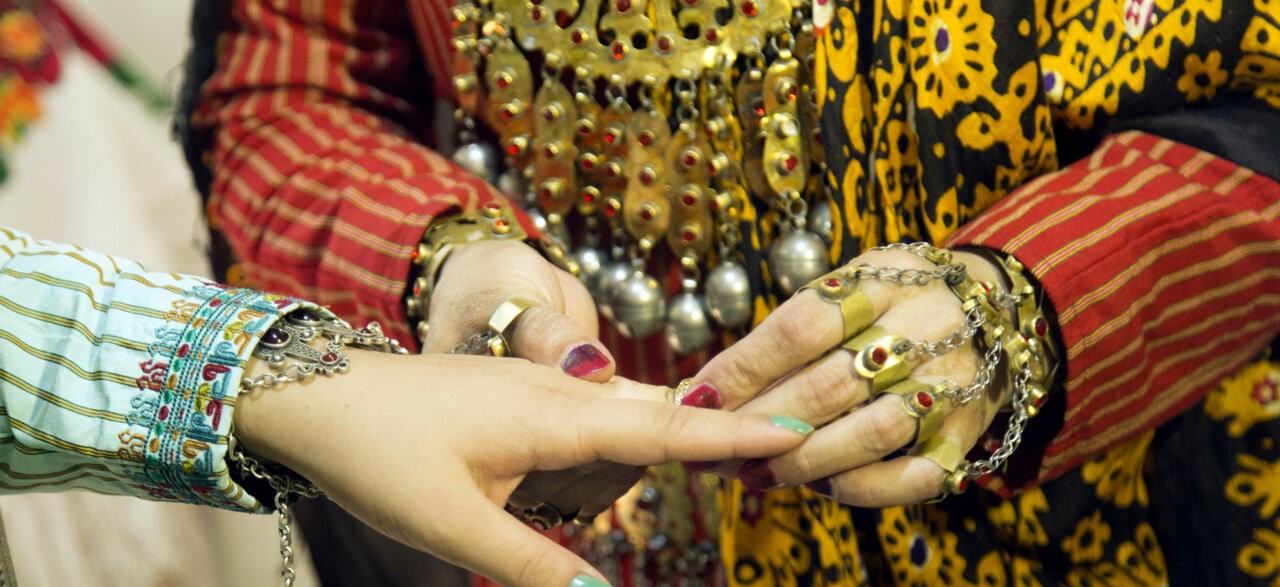
Jewelry of Turkmen tribes
Jewelry as a Spiritual Protector
Turkmen jewelry is often worn as a spiritual protector, with many pieces designed to ward off the evil eye and bring divine blessings. Amulets and charms are incorporated into necklaces, bracelets, and headpieces, with designs that reflect the nomadic lifestyle and spiritual beliefs of the Turkmen people.
- Amulet Necklaces: Large amulet necklaces, often featuring dangling coins or charms, are worn by both men and women to protect against harm and bring good fortune. These necklaces are an important part of Turkmen cultural identity.
- Protective Headpieces: Turkmen women often wear elaborate headpieces adorned with coins and protective symbols during weddings and festivals. These headpieces serve as both a display of beauty and a spiritual shield.
4. Kurdish Tribe: Earthy and Practical Jewelry
The Kurdish people, spread across western Iran and other neighboring countries, have a distinctive style of jewelry that reflects their connection to the land and their practical lifestyle. Kurdish jewelry is often designed to be functional and durable, with a focus on earthy materials and simple designs.
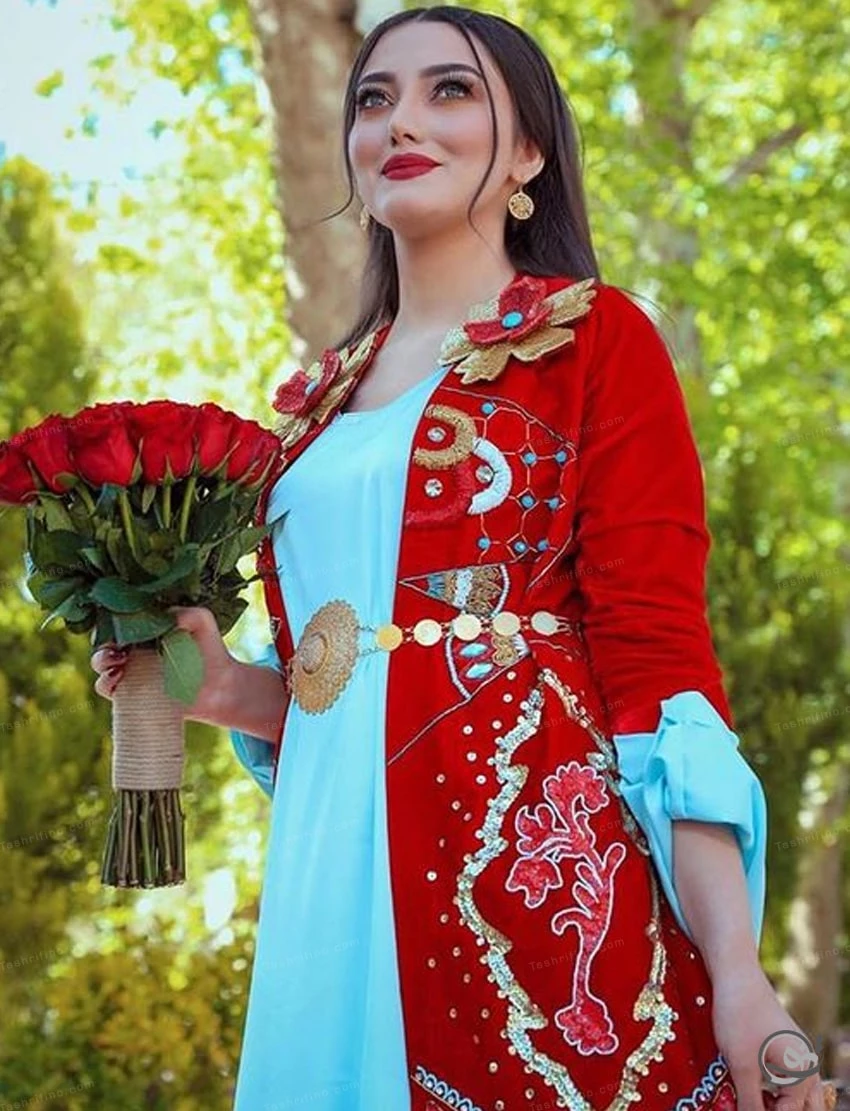
Jewelry of Kurdish tribes
Characteristics of Kurdish Jewelry
Kurdish jewelry tends to be simpler and more earthy than the ornate styles of other tribes. Copper, brass, and silver are commonly used materials, with an emphasis on durability and utility. Natural motifs, such as leaves, trees, and animals, are common, reflecting the Kurdish people’s connection to nature and the mountains they inhabit.
- Simple Silver and Copper Designs: Silver and copper are frequently used in Kurdish rings, bracelets, and necklaces, often with minimal decoration to ensure practicality. These pieces are typically lighter and more subtle than other tribal jewelry styles.
- Geometric and Floral Patterns: Jewelry pieces are often engraved with simple geometric patterns or floral motifs, symbolizing fertility and nature’s abundance. These designs are understated but carry deep cultural meaning.
Jewelry for Daily Life
For the Kurdish tribes, jewelry is designed for daily wear and must be both durable and practical. Women often wear simple necklaces or bracelets made from local materials, reflecting their close connection to their land and heritage.
- Rings and Bracelets: Kurdish rings and bracelets are often unadorned or feature minimal decoration, making them suitable for everyday life in a rural or nomadic setting. The jewelry’s simplicity underscores its practicality while maintaining cultural significance.
- Symbolic Jewelry: Despite their simpler designs, Kurdish jewelry often carries symbolic meaning, such as good fortune, fertility, or protection. These symbols are subtly integrated into the jewelry’s design, reflecting the wearer’s beliefs and traditions.
Conclusion: The Cultural Richness of Iranian Tribal Jewelry
Iranian tribal jewelry offers a fascinating glimpse into the diverse cultural identities of the country’s nomadic and semi-nomadic tribes. From the bold, symbolic pieces of the Bakhtiari and Turkmen to the intricate, colorful designs of the Qashqai and the earthy, practical jewelry of the Kurdish people, each tribe’s jewelry reflects its unique history, environment, and values.
At LetsGoYelo, we celebrate the artistry and craftsmanship of Iranian tribal jewelry by offering a curated collection that highlights the beauty and cultural richness of these traditional designs. Explore our selection to discover unique, handcrafted pieces that bring the essence of Iran’s nomadic heritage to your collection.
